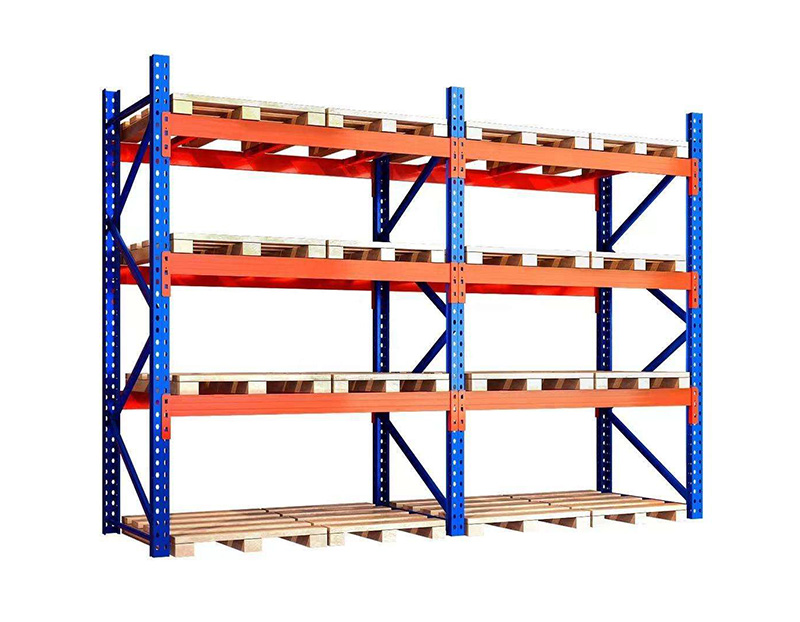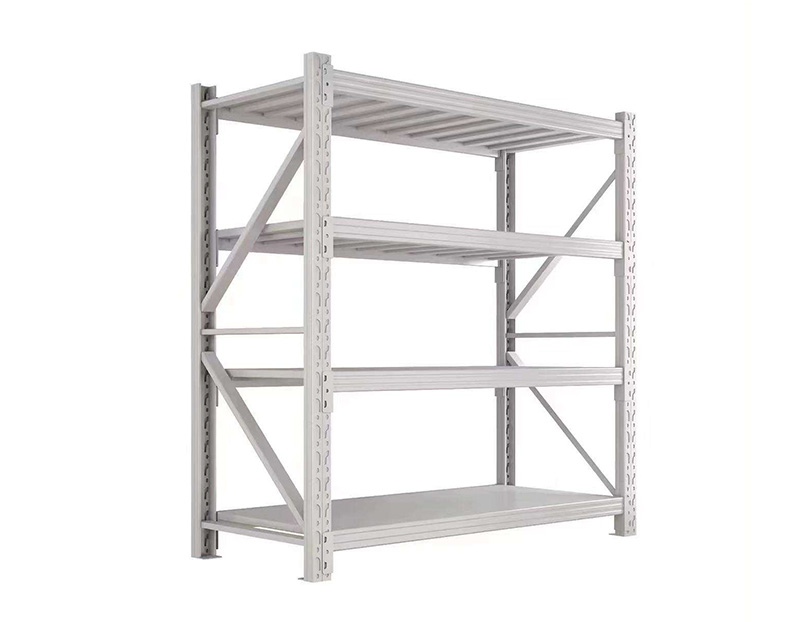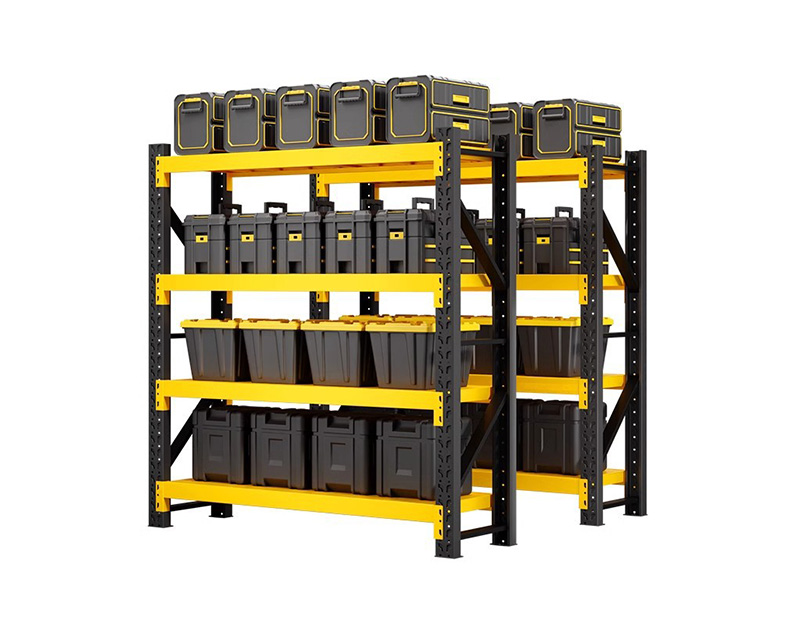Workbenches: Top Models for Manufacturing Efficiency
In manufacturing environments where precision, speed, and consistency are critical, the right workbench can have a major impact on operational efficiency. Modern workbenches are no longer just flat surfaces—they’re engineered productivity tools, equipped with features that enhance workflow, safety, and ergonomics.

Heavy-duty steel-frame workbenches are the backbone of many industrial facilities. These models are designed to handle high-impact tasks, support heavy equipment, and resist corrosion from chemicals and oils. They’re best suited for machining, metalworking, and mechanical assembly.
Height-adjustable workbenches are another popular model for improving productivity. They allow workers to alternate between sitting and standing positions, reducing fatigue and promoting better posture. Electrically controlled height systems offer seamless transitions and can be tailored to each user’s preference.
Modular workbenches with built-in storage are ideal for lean manufacturing setups. These units typically feature drawers, shelving, and pegboards for tool organization, allowing workers to keep essential items within reach and eliminate time lost to searching or walking back and forth.
ESD-safe (electrostatic discharge) workbenches are critical in electronics assembly. These models use static-dissipative surfaces and grounding systems to protect sensitive components from damage. Many also include integrated lighting and magnifying tools for delicate tasks.
Mobile workbenches with lockable casters offer maximum flexibility for evolving production lines. They can be relocated quickly and securely, which is especially useful in just-in-time manufacturing environments where workstations need to adapt frequently to changing needs.
Specialized workbenches are available for niche applications, such as welding stations with fire-resistant tops, woodworking benches with built-in vises, and chemical-resistant surfaces for laboratory work.
In conclusion, choosing the right workbench model depends on your specific manufacturing process. By selecting a design that aligns with task demands, employee comfort, and workflow goals, companies can create more efficient, organized, and productive work environments.
 Smart Storage Equipment: Top B
Smart Storage Equipment: Top B
 Storage Systems: Design Ideas
Storage Systems: Design Ideas
 Storage Systems: Best Software
Storage Systems: Best Software
 Storage Systems: Maximizing Sp
Storage Systems: Maximizing Sp
